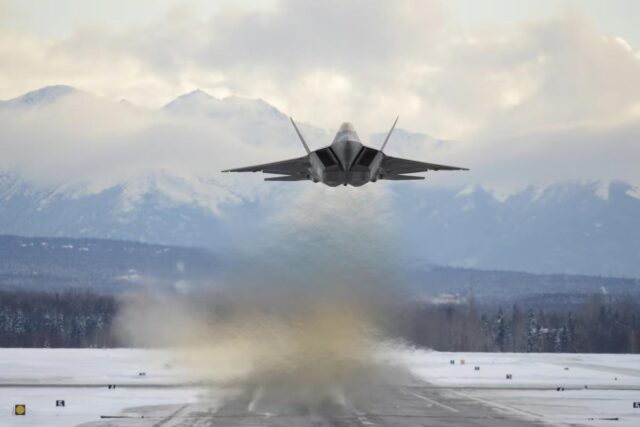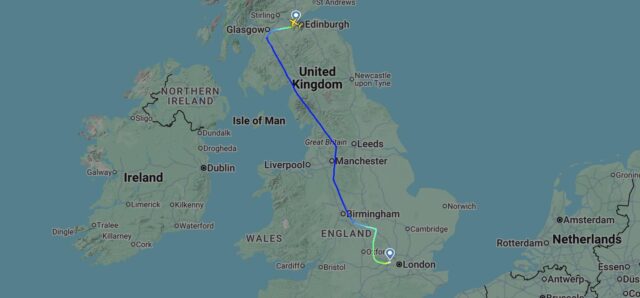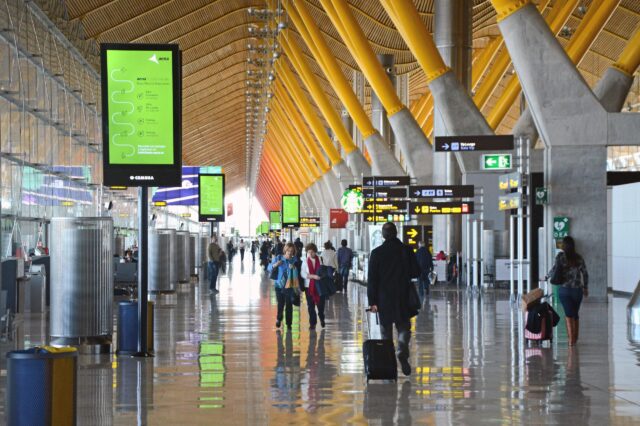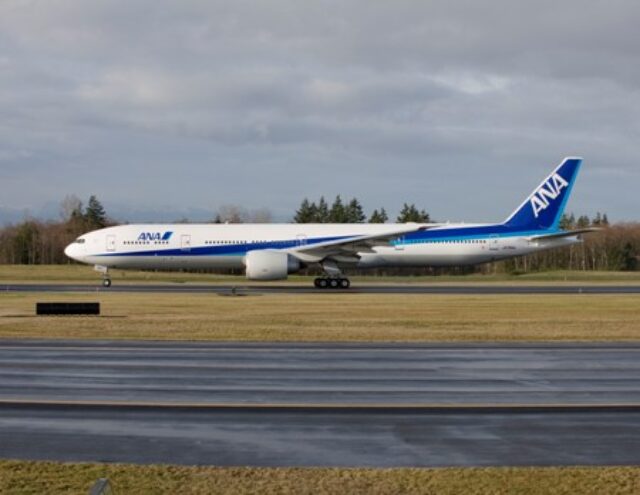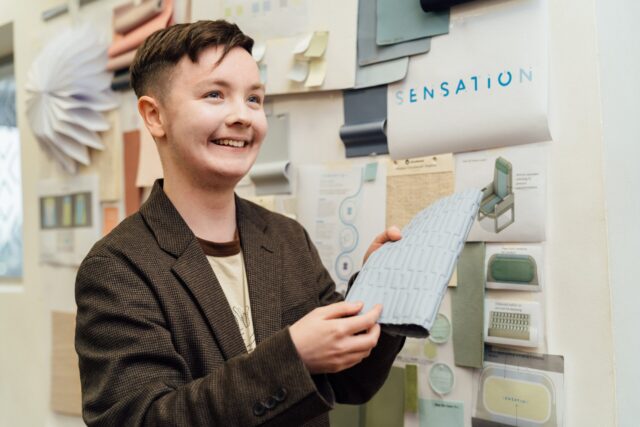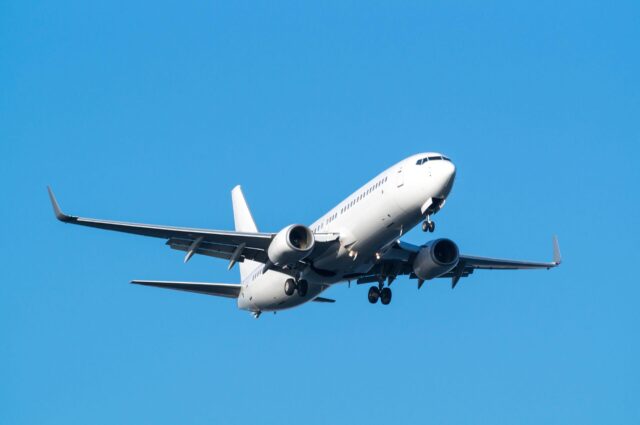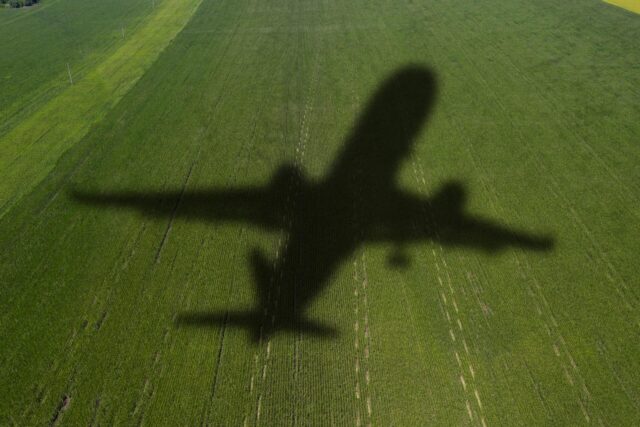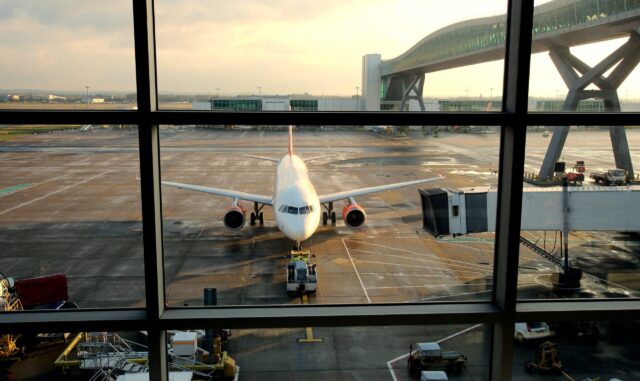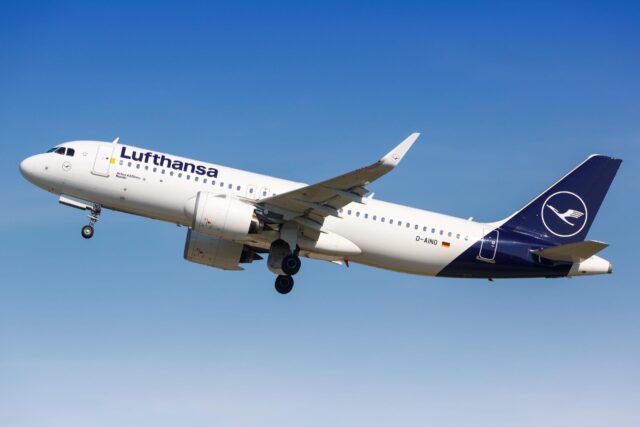Southwest Airlines scrambles assigned seating with 8 boarding groups: Can it still be an efficient airline?

July 22, 2025

Southwest Airlines has revealed the details of its new assigned seating and eight boarding groups, which will take effect next year. The airline will eliminate its five-decades-old open seating policy, replacing it with a system that prioritises ancillary sales.
Starting July 29, 2025, the airline will introduce the new seat assignment options to its reservation system. It will be available for bookings on flights departing from January 27, 2026.

The airline’s unique first-come-first-seated policy ends as customers will have assigned seats. They will board in groups, based on their fare bundle. Customers can also purchase an option to board sooner, regardless of their fare.
Southwest’s new campaign: Are you sitting down?
To get customers accustomed to the new seating and boarding options, the airline has launched a new ad campaign: Are you sitting down?
“Our Customers want more choice and greater control over their travel experience,” said Tony Roach, Executive Vice President Customer & Brand, at Southwest Airlines. “Assigned seating unlocks new opportunities for our Customers—including the ability to select Extra Legroom seats—and removes the uncertainty of not knowing where they will sit in the cabin.”
Southwest Airlines customers have been accustomed to its open seating and a simplified boarding policy. The new process may increase ancillary revenue, but it also adds complexity to the process for both staff and customers.
Boarding is one of the biggest pain points for airline passengers, but it’s not the airline’s favourite process either. Under pressure to complete aircraft turnarounds swiftly, any delays in boarding efficiency can have a significant impact on the day’s operations.
Southwest Airlines is introducing eight boarding groups
Far from the free-for-all of current Southwest Airlines flights, the airline is moving to what looks to be a very complicated boarding process.
Like many airlines today, it seems to be taking a front-to-back approach, boarding passengers with seats near the front first. Groups 1 and 2 will be those in extra legroom seats and A-List Preferred members.
Groups 3 to 5 will include those who have paid to sit closer to the front of the plane and A-List members, while Rapid Rewards credit card holders will board no later than group 5.
Groups 6 to 8, the last to board, will be those on the cheapest fares, with Southwest noting that those on Basic fares will be the very last called forward.

This rather complicated boarding process is in common with other US airlines. American Airlines has nine, Delta has eight, while United has simplified with just six.
But making it work requires passengers to pay attention and comply. Errant travellers arriving at the gate ahead of their boarding group either have to be sent away, wasting gate agent time, or admitted to the aircraft outside of their group.
There have been many arguments about the best way to board a plane, from filling it from the back first (unpopular with premium flyers) to sending on the window, then middle, then aisle passengers (the WILMA method).

Still, most airlines stick with front-to-back, and Southwest isn’t breaking any moulds here. But it remains to be seen how a more complex approach affects its operational efficiency.
Three different types of seats onboard Southwest Airlines
The airline has divided its cabin into three different seat options.

Extra legroom seating is offered at the front of the cabin and near the exit rows. It offers up to five more inches of pitch (seat separation) compared to the airline’s standard and Preferred seats.
In addition to more personal space, customers who book Extra legroom seating will also get “earlier access to bin space, enhanced snacks, complimentary premium beverages, and access to inflight internet where available.
Preferred seats are behind the rows of extra legroom seats at the front of the aircraft. In terms of comfort, they’re no different to standard seats, but their location towards the front of the cabin means earlier boarding and deplaning.
In addition to speedy disembarkation, passengers flying Preferred will be able to access EarlyBird check-in as well as Priority and Express Lanes where available.
Standard seats are at the back of the aircraft and will seat those flying on both Choice and Basic fares.
Southwest Airlines boarding groups by fare class
The airline offers four fare classes, each with different benefits, including the type of seat available and the boarding group order.

- Basic — the lowest fare type available is comparable to other airline bare fares, offering access to a seat and little else. By default, these tickets get standard seats and board the aircraft last as part of groups 6-8. However, the airline offers seat upgrades and priority boarding as add-on ancillary options for these tickets.
- Choice — the second-lowest fare type also defaults to standard seating and offers general boarding privileges. It is part of boarding groups 6-8, but will board before the last. As with the Basic fare, the airline offers the option to purchase better seating and/or priority boarding.
- Choice Preferred — this fare type includes Preferred seating, located at the front of the aircraft, or the customer’s choice of any standard seat. Customers will also board sooner, no later than Group 5.
- Choice Extra — the highest fare tier offers several benefits, including Extra legroom seats, or the customer’s choice of any seat available at booking, and early boarding among groups 1-2.
Southwest’s loyalty program members and cardholders will also receive special access to seats and boarding privileges, commensurate with their membership tier and fare selection.
Southwest Priority Boarding is extra for all passengers
Interestingly, the airline has reserved a Priority Boarding process, which will be available for sale 24 hours before the scheduled departure time, regardless of the fare selected by the customer.

The airline has stated that it will provide more details on the boarding process and gate experience as the effective date of the new system approaches.
The end of unassigned seating comes after Southwest reversed its ‘Bags Fly Free’ policy earlier in 2025, with passengers expected to pay for checked bags from 28 May. These changes follow board changes and a strategic pivot after a major stake acquisition by Elliott Investment.
Is Southwest sacrificing efficiency for the sake of ancillary revenue?
A significant test of the Southwest’s new seating and boarding process will be its impact on overall operational efficiency. Although it might seem counterintuitive, the airline’s open seating policy was long regarded as one of the most efficient methods for loading an aircraft, resulting in minimal interruptions and delays.
Some customers complained that fellow passengers were boarding the aircraft sooner and reserving seats for companions. Still, the airline’s crew were generally able to resolve these disputes quickly when they occurred.

A quick turnaround of aircraft is essential for the low-cost model that Southwest minted in the 1970s. The airline has turned away from the operating principles that kept it profitable for most of its history to address recent losses and appease investors.
Time will tell whether betting on more complex seating and boarding arrangements will do the trick.
